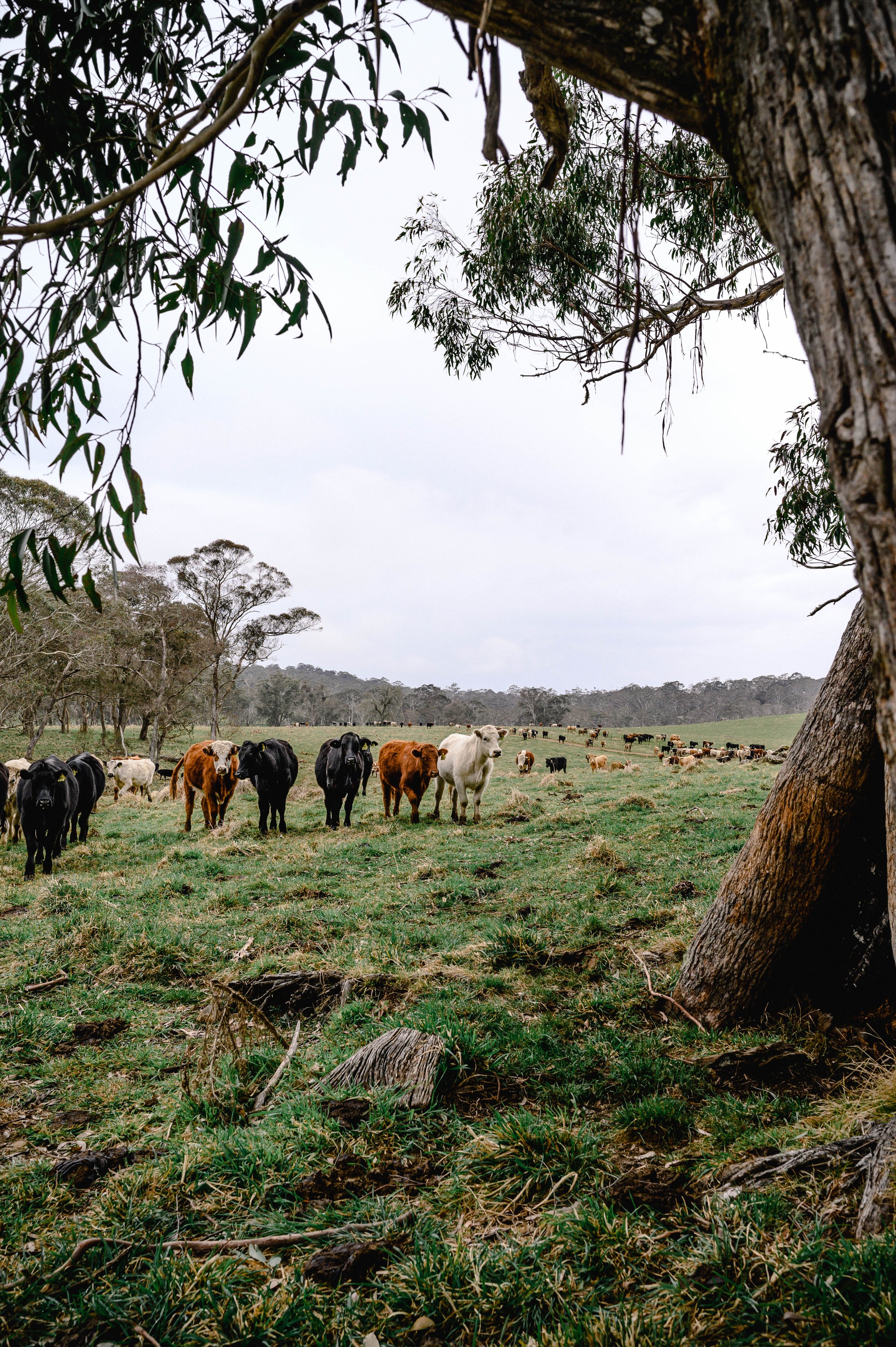Soil Carbon and the Sustainability Puzzle
WORDS : Sam Duncan
Carbon has become the buzzword of our time, from our carbon footprint on-farm to carbon offsets and carbon neutrality – our nation’s end goal by 2050.
As recently indicated by the United Nations’ Intergovernmental Panel on Climate Change (IPCC) report carbon offsets have also become an integral tool in our race to meet net zero. However, one of the challenges in achieving net zero has been the measurement of carbon in the ground. This has led to unverified environmental claims, known as ‘greenwashing’, where opportunistic and often large corporations appear to be more environmentally friendly than in reality – ultimately to the detriment of the consumer and the planet.
The recent ‘Chubb Review’, an independent investigation into the Australian Government’s Clean Energy Regulator, looked at the reliability of methods for carbon offset generation in Australia. While the review found a swathe of high-quality carbon offsets, it also noted the exception of some carbon offset methods, which rely on modelled results, (such as the Human-Induced Revegetation (HIR) method), rather than on-ground measurements to inform those results.
Some methods that don’t rely on actual on-ground measurement can be very attractive to buyers and sellers; they’re cheap to implement and can yield relatively high amounts of carbon offsets. The challenge is, unless we know that carbon is actually being seques- tered, the offsets may lack integrity.
As the carbon market grows, so does demand for higher-quality carbon removal and verified data. This is why measuring carbon levels in core soil samples is one of the most accurate carbon-offsetting protocols, as it ensures reliable results. And there’s a huge opportunity for farmers to partake in the measurement process, as ‘citizen scientists’. By taking soil samples over time across various paddocks, landholders can measure change, predict and quantify their soil carbon levels. This is an incredibly empowering process, enabling the adoption of practice change, and a myriad of on-farm benefits, such as improved soil carbon.
The practicality of soil carbon projects means farmers can continue growing their crops or running their livestock without having to sacrifice land or their livelihoods. It’s why I’m so optimistic about soil carbon projects as a drawdown tool – the business case to adopt, is undeniable. Farmers can unlock the power of their natural capital assets through carbon insetting – achieving greater on-farm productivity, diversification, reducing risk and banking a second income – all while contributing to a future focused on environmental integrity.
At the macro level, soil is the only place, aside from above-ground biomass, that carbon can be stored in quantities significant enough to mitigate climate change. And agriculture is the only industry that manages enough land to make a worthwhile impact – no pressure farmers.
If you’re still unsure about the value of verified soil sampling and participating in a natural capital project, perhaps this quote from The Lorax might inspire you. “I am the Lorax, I speak for the trees for the trees have no tongues.” We must remember that spreadsheets don’t always speak for the trees, or tell the whole story. In order to create more resilient and profitable farming systems, we need to have verified and trusted data. And I’m really passionate about helping farmers achieve this.
Interested in measuring the carbon profile of your farm? Get in touch with the FarmLab team at farmlab.com.au


